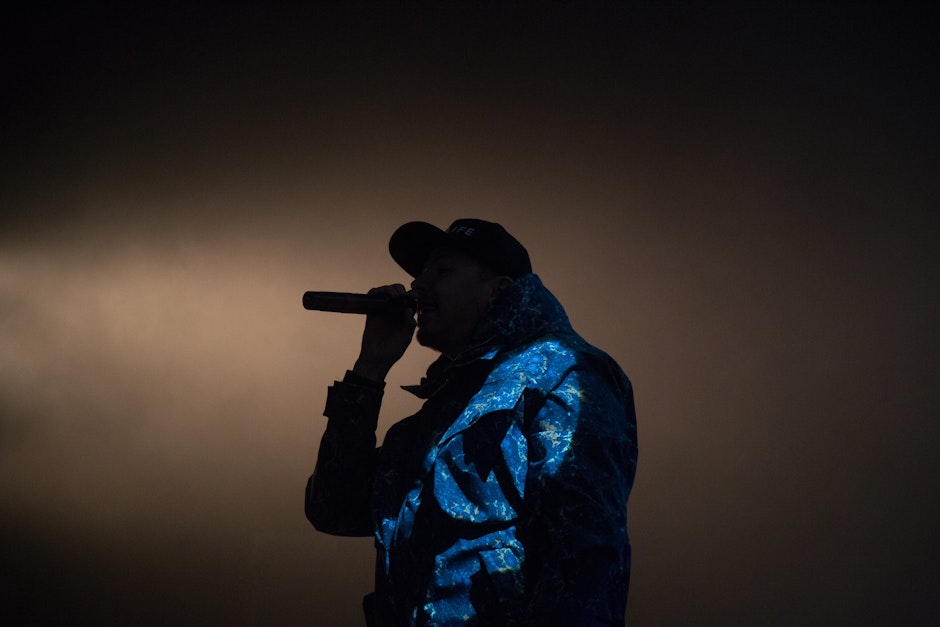AI voices: How to own your brand voice in the face of deepfake technology
By Pierre Carnet (managing director, MassiveMusic Dubai – a Songtradr company)

Among the many things that identify us as individuals and as brands, our unique voice is the one attribute that stands the test of time.
Our mother’s voice is one of the first sounds we learn to recognize, our friends and family recognize our voices instantly, we follow the voices of leaders and social influencers, and we pay to listen to the voices of talented singers and musicians.
For an artist, their voice is their brand: a distinctive, impressive, and malleable instrument that brings them their inherent value as a performer. Michael Jackson, Snoop Dogg, Cher, Elvis Presley, Dolly Parton - all of these voices are instantly recognizable on a global scale.
The AI anomaly
But in recent months, the value of a distinct voice is changing. The rapid advance of deep learning technology, AI tools, and vocal “deepfake” technology has quickly evolved, as programs like Uberduck allow users to duplicate a voice and use it at will.
In short, these tools are able to pick up the tone, pitch, vibration, accent, and rhythm of any pre-recorded voice and duplicate it into a digital tool that allows you to convincingly use the same voice to sing or say any phrases of your choosing.
This has been used to create some interesting and unexpected music covers (ever wondered what Freddie Mercury would sound like performing I Will Always Love You?), as well as original music under artists’ names, such as the now famous “Heart on My Sleeve” track by Drake and the Weeknd – neither of which actually participated in writing or recording the song.
Beyond various security challenges on an individual level (how can you be sure the person on the other end of the phone you’re having an intimate conversation with is actually your boss or your husband?), this technology is now seriously challenging the proprietary nature of voice within the music industry.
No surprise the key players in the industry have started addressing it. Universal Music, the world’s biggest music label, has started working with Google to develop policies and tools around AI, with regards to both protecting the use of celebrity talent’s voices while also allowing for creative experimentation with AI tools.
But the bigger question remains — is the ownership of voice becoming a thing of the past? As an artist, how do you protect your voice – and will protecting it even be possible at all as deepfake technology continues to spread? And for brands, who often use artist voices as a proxy for their own, how does that weakened ownership affect the impact of artist voices used in advertising and branding campaigns?
Working with the technology
These challenges are at the forefront of our thinking at Songtradr, as our business is focused on building unique value with music for brands. How do we ensure that the intellectual property we deliver to our brand partners is protected and unique? Beyond this, how will AI music affect the creative process and our ability to produce and sell original music?
History has shown that new technologies are rarely limited by regulation in the creative space. Whether we think of Napster and music downloads making CDs irrelevant, or the emergence of virtual instruments and production tools that replace studios and session musicians for example, the music industry has generally always played catch up with new technologies.
Assuming we will not be able to limit or control the growth of music and voice creation through AI – it makes more sense to focus on how to deal with the ramifications and how to capitalize on it to improve creative processes and output.
The ability to duplicate voice allows for new forms of creativity for artists, whether in the commercial music space or in the brand space. Imagine being able to write a song and custom lyrics but have your favorite artist sing on top of your track – the creative possibilities are limitless.
Branding and protection
As a brand, this gives you the ability to fully own a malleable and custom voice. Once purchased, your unique AI voice can be used across all communications, on-site, in your apps and products – giving new life to the concept of your “brand voice.”
On the other hand, music creation for AI is genuine competition for creators, and poses serious threats in terms of IP protection and monetization of music. Melodies, lyrics, and chords are currently protected under intellectual property laws in most countries. But how do you deal with an AI that can create thousands of melody variations and in theory, protect all of them, blocking any other creator from using the same melodies?
Similarly, how do you stop brands and individuals from re-using your voice and music without permission? On these fronts, regulation has to catch up with a framework to protect creators, possibly by limiting the ability to copyright works that were created through AI programs.
As long as the organic and human element of music remains, we can easily imagine a world in which human and AI-created music cohabit peacefully.
These are early days in the race for AI-created music, but the pawns are moving quickly. We are way past the “gadget” phase when it comes to AI music, and the approach we take towards it as an industry will define our future. Let’s make sure we don’t lose our voice and use it to amplify it instead.

